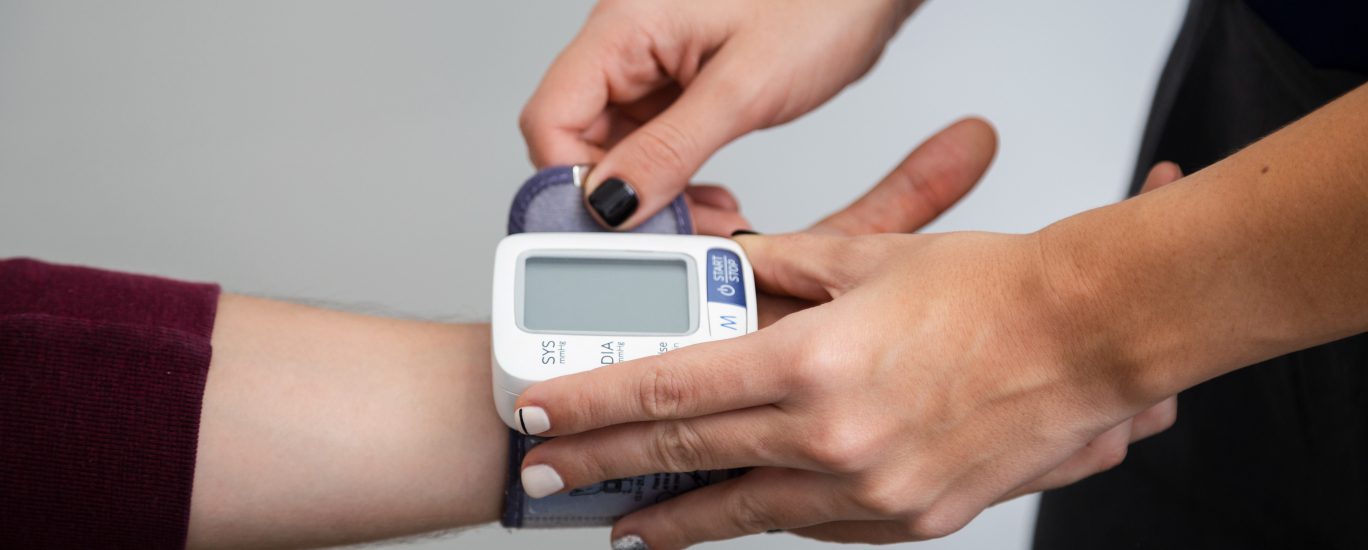Regular physical activity plays a crucial role in managing diabetes and promoting overall health and well-being. For individuals living with diabetes, engaging in appropriate exercises can help regulate blood glucose levels, maintain a healthy weight, and improve overall fitness.
In this article, we will explore various exercises that can be beneficial for individuals with diabetes.
Walking:
Walking is a simple yet powerful exercise that offers numerous benefits for individuals with diabetes. Brisk walking is a great option for seniors as well as it is low-impact and can be done at their own pace. Walking is a cardiovascular exercise that strengthens the heart and improves circulation. Walking provides an opportunity to clear your mind, reduce stress levels, and improve mental well-being. Regular walking can also aid in weight management by burning calories and promoting fat loss.
Aerobics:
Aerobic exercises, such as jogging, cycling, swimming, or dancing, can enhance insulin sensitivity, allowing the body to use insulin more efficiently. Regular participation in aerobic exercises can boost energy levels and combat feelings of fatigue or lethargy often associated with diabetes. Engaging in aerobic activities can help alleviate stress, improve mood, and enhance overall quality of life.
Cycling (both outdoor cycling and stationary cycling):
Cycling is an excellent form of aerobic exercise that can help lower blood sugar levels by increasing glucose uptake by the muscles for energy. Regular cycling can lower blood pressure, reduce the risk of heart disease, and improve overall cardiovascular health, which is particularly beneficial for individuals with diabetes who are at higher risk for cardiovascular complications. Cycling is a low-impact exercise that puts minimal stress on the joints, making it a suitable option for individuals with joint issues or those who may find high-impact activities uncomfortable.
Chair exercises:
These are a convenient and effective option for individuals with diabetes who may have limited mobility or difficulty performing traditional exercises. Gentle movements performed in a chair can help maintain joint mobility and flexibility, reducing the risk of stiffness and joint pain.
Here are a few examples.
Seated Marching: Sit upright in a chair and march your legs in place, lifting one foot off the floor at a time. This exercise helps increase heart rate, improve circulation, and engage the leg muscles.
Seated Knee Lifts: Sit tall and lift one knee towards your chest while keeping your foot on the floor. Hold for a few seconds and then lower the leg. Repeat with the other leg. This exercise helps strengthen the hip flexors and improves balance.
Seated Shoulder Press: Hold a small weight or a water bottle in each hand at shoulder level. Extend your arms upward and then lower them back to the starting position. This exercise targets the shoulder muscles and improves upper body strength.
Yoga: Regular practice of yoga has been shown to enhance insulin sensitivity, which helps the body utilize insulin effectively. Certain yoga poses, such as gentle inversions and relaxation techniques, can help lower blood pressure. Hypertension often coexists with diabetes, and managing blood pressure is crucial for overall cardiovascular health. Yoga also promotes relaxation and can help improve the quality of sleep, allowing the body to restore and rejuvenate. The holistic approach of yoga, focusing on mind, body, and spirit, promotes a sense of overall well-being.
Remember to start slowly and gradually increase the intensity and duration of your exercise routine. Listen to your body, and if you experience any discomfort or unusual symptoms during exercise, stop and seek medical advice. Regular exercise, combined with a balanced diet and proper medication management, can significantly improve diabetes management and overall health.













